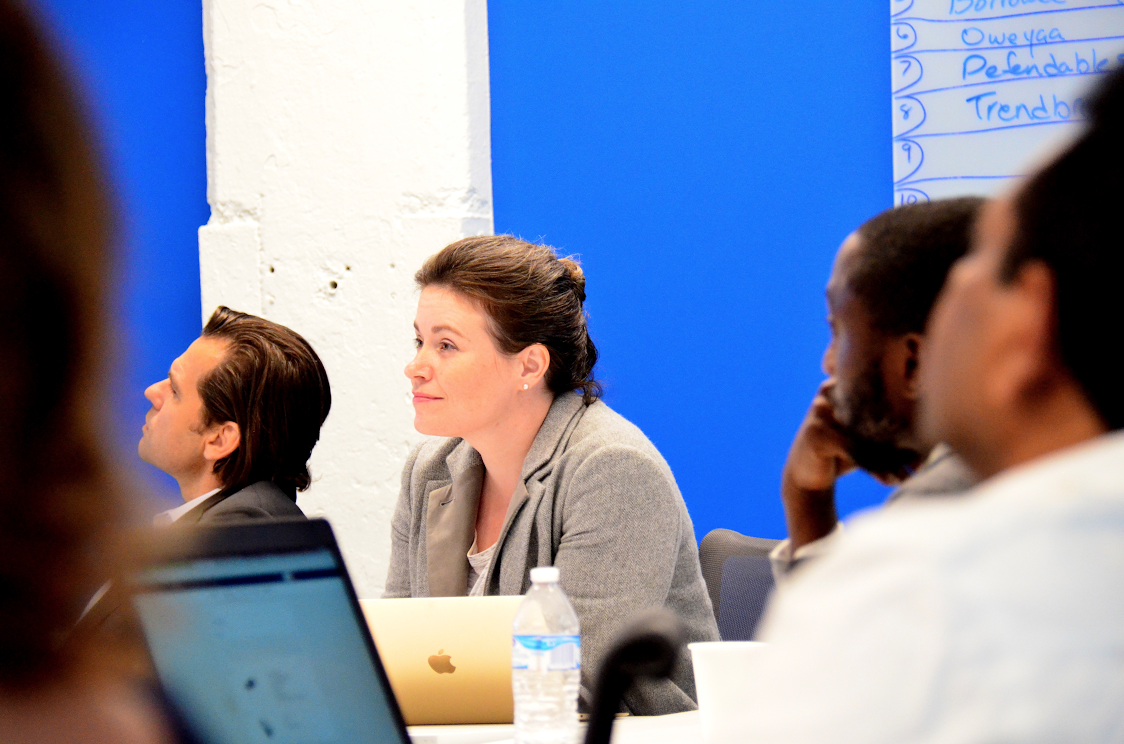I had the unique experience of coaching pitches Monday night at Startup Runway, followed by pitch coaching early Tuesday morning for Venture Atlanta. (By the way, if you haven’t got your Venture Atlanta tickets yet, here’s the link you need–hurry because it will sell out)
Venture Atlanta is the venture championship of the Southeast
By the time a startup has made the cut at Venture Atlanta, they are somewhat experienced at sharing their story. Many already have investors. Conversely, at Startup Runway Monday night, all the entrepreneurs’ hands went up when asked if this experience were among their first 3 pitches, ever. Part of the reason Startup Runway exists is so entrepreneurs can apply to forums like Venture Atlanta with more confidence and skill.
So, this back-to-back double header let me see the a representative slice from the spectrum of early stage entrepreneurship in Atlanta in a short time.
Here are some of the similarities that stood out:
-
Tech users vs. tech makers.
A few of the pitches were from smart, growing companies that use technology well, as opposed to companies that are creating new technology (at a minimum, net new lines of operating code). I found myself hoping these companies realize they likely have better financing options than expensive, controlling venture capital. I’m a fan of VC of course–but it’s really best suited for net new technology growth. That’s where control factors like having VCs on your board become opportunities, because you are aligned with your equity partner in scaling and selling. For many of the companies, their smart “tech stack,” including their modifications, was replaceable by other tech stacks. That means they aren’t a tech business at their core, even if they are a smart, fast growing one.
-
Confusing a conversation deck with a presentation deck.
Especially for the startups who have spoken frequently with investors, their slides often showed detailed financials. This is what I like to call a “conversation deck”–the kind of thing you may flip to over coffee to illustrate a point. This isn’t the same thing as a presentation deck.
A preso for a big room needs to be sparse and clean. When you’re pitching, you want investors to “imprint” on your voice, your confidence, and your sincerity. Not your slides. You want people to want a piece of your company, not of your graphic designer.
In a presentation environment, simple slides with 30 point font or larger are a backdrop to emphasize the founder’s story–and no more than that. This was probably the most frequent opportunity for improvement. 90% of the startups hadn’t had the opportunity to discover that the conversation deck and the presentation deck serve different purposes. It emphasized for me how important coaching is to the process of a successful raise experience.
-
Reading slides over the shoulder.
Just don’t look back. Look at the room.
-
Being nervous about the room’s technology set up.
Hey, entrepreneurs are smart–and in both settings, many of them were flummoxed by the projection options (blue tooth airplay in one room, VGA cable-to-projector in the other, if you’re curious). The added nervousness of mating the entrepreneur’s laptop to the room’s projection technology really undermined the pre-game routine.
To avoid this, since you generally know the room in advance, go check it out. Or come with a couple of options at the ready (like the deck on USB, or stacked up at Docsend ready to play, etc.) Don’t be dependent on your laptop. The more techie you are, and the bigger the room you are presenting to, the more likely the A/V system feels like something that was invented before you were born.
I’m grateful I got to see so many smart startups in such a short time, all from the early stage spectrum. It was inspiring on many levels. What have you noticed about opportunities to improve the pitch?

